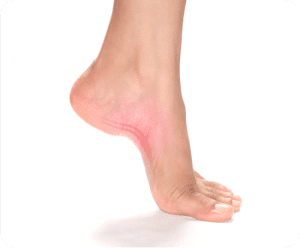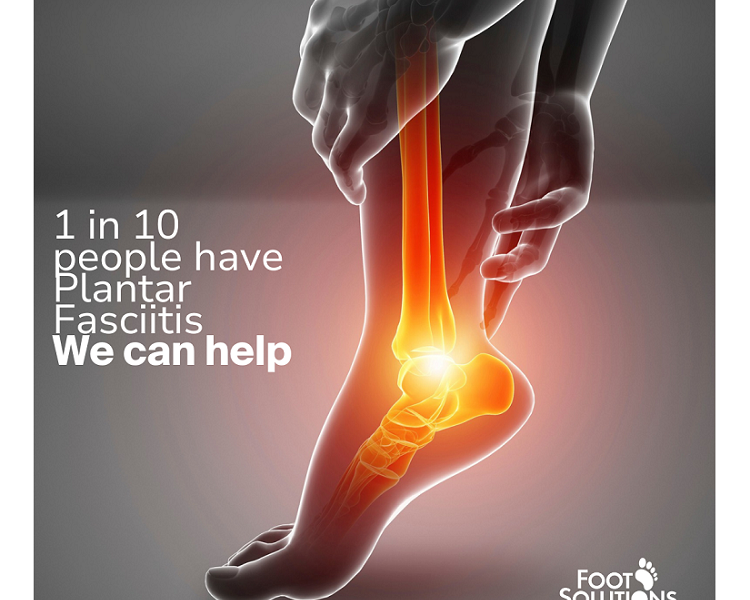When the plantar fascia (the tendon connecting the front of the foot to the heel), is damaged or torn, the painful and frustrating condition that results is known as Plantar Fasciitis. The first sign that there is a problem is usually heel pain. The injuries that cause Plantar Fasciitis can occur when running, or exercising repetitively, and the condition is also common in pregnancy, since the extra weight on the ligament can cause inflammation.
Foot pain often stops people from exercising, but the most effective way to treat Plantar Fasciitis is to carry out a specific exercise  programme that is designed to heal and strengthen the damaged ligaments of the foot.
programme that is designed to heal and strengthen the damaged ligaments of the foot.
Top Tips for Plantar Fasciitis Treatment
1. Stop running. If you have sustained an injury to your feet, it’s important to stop exercises like running, which can cause further damage, and to focus on strengthening exercises instead to correct the problem. When you’re ready to start running again, build up very slowly and take breaks along the way to do calf stretches (see below), which will help your muscles to stretch in the right way.
2. Do calf stretches carefully. Exercises must be carried out correctly in order to benefit your body, and watching a demonstration of a particular exercise can be invaluable. Focus on the gastrocnemius stretch and the soleus stretch, as these will be of particular value when you are recovering from Plantar Fasciitis and trying to prevent recurrence.
3. Use specific stretches to heal the condition. There are three exercises that are specifically designed to heal Plantar Fasciitis:
1) The Foot roll involves sitting up straight in a chair and rolling each foot back and forth over a frozen water bottle or cold can for one minute.
2) The big toe stretch requires you to cross one leg over the other in a seated position and grab your big toe and pull it towards you gently. Hold for 15-30 seconds, repeat three times and then change to the other foot.
3) The strap stretch involves using an exercise strap or folded towel underneath your feet while you are seated, and then lifting the tops of your feet towards you, holding for 15-30 seconds, three times.
4. Use arch supports. Arch supports (shoe inserts) can make a big difference to the comfort of your feet. Foot pain caused by Plantar Faciitis can be relieved a great deal when you find an orthotic device, or Custom Made Arch Support that fits your foot and your shoe. The expert shoe fitters at Foot Solutions can help to advise you on finding the right products for your feet.
Find Supportive Sports Shoes
 Wearing comfortable and well-fitted shoes can prevent Plantar Fasciitis by ensuring that all the tendons and ligaments in your feet are well supported during exercise. Check out the great range at Foot Solutions and start feeling the benefits of footwear your feet will love
Wearing comfortable and well-fitted shoes can prevent Plantar Fasciitis by ensuring that all the tendons and ligaments in your feet are well supported during exercise. Check out the great range at Foot Solutions and start feeling the benefits of footwear your feet will love

































